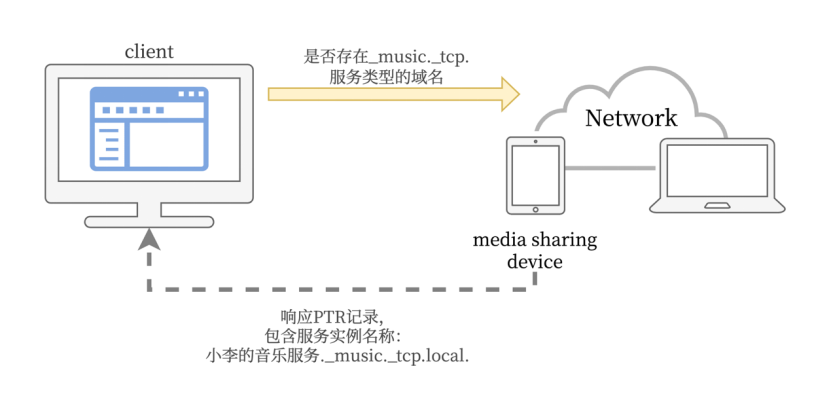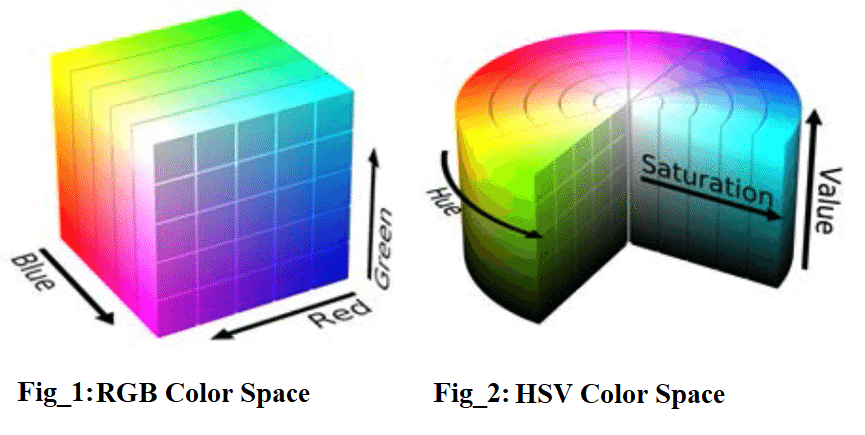问题描述:Handler.postDelayed()的原理是如何保证延时执行的?扩展:这样实现的好处是什么?
题目分析
猜测一下
以我们对Handler的了解,内部使用了Looper对消息队列进行循环获取执行,所以我们估计postDelayed()是Handler内部搞了一个定时器,
定时器到了delayed的时间就把消息加入到消息队列中,让looper在循环获取到该消息并执行。
真的是这样吗?如果不是,为什么?
我们来追溯一下源码
消息是怎样入队的?
首先调用的是sendMessageDelayed方法
public final boolean postDelayed(@NonNull Runnable r, long delayMillis) {
return sendMessageDelayed(getPostMessage(r), delayMillis);
}sendMessageDelayed计算了消息执行的准确时间,当前时间加上延时时间
public final boolean sendMessageDelayed(@NonNull Message msg, long delayMillis) {
if (delayMillis < 0) {
delayMillis = 0;
}
return sendMessageAtTime(msg, SystemClock.uptimeMillis() + delayMillis);
}
public boolean sendMessageAtTime(@NonNull Message msg, long uptimeMillis) {
MessageQueue queue = mQueue;
if (queue == null) {
RuntimeException e = new RuntimeException(
this + " sendMessageAtTime() called with no mQueue");
Log.w("Looper", e.getMessage(), e);
return false;
}
return enqueueMessage(queue, msg, uptimeMillis);
}
private boolean enqueueMessage(@NonNull MessageQueue queue, @NonNull Message msg,
long uptimeMillis) {
msg.target = this;
msg.workSourceUid = ThreadLocalWorkSource.getUid();
if (mAsynchronous) {
msg.setAsynchronous(true);
}
return queue.enqueueMessage(msg, uptimeMillis);
} Message的enqueueMessage方法
boolean enqueueMessage(Message msg, long when) {
if (msg.target == null) {
throw new IllegalArgumentException("Message must have a target.");
}
if (msg.isInUse()) {
throw new IllegalStateException(msg + " This message is already in use.");
}
synchronized (this) {
if (mQuitting) {
IllegalStateException e = new IllegalStateException(
msg.target + " sending message to a Handler on a dead thread");
Log.w(TAG, e.getMessage(), e);
msg.recycle();
return false;
}
msg.markInUse();
msg.when = when;
Message p = mMessages;
boolean needWake;
if (p == null || when == 0 || when < p.when) {
// New head, wake up the event queue if blocked.
msg.next = p;
mMessages = msg;
needWake = mBlocked;
} else {
// Inserted within the middle of the queue. Usually we don't have to wake
// up the event queue unless there is a barrier at the head of the queue
// and the message is the earliest asynchronous message in the queue.
needWake = mBlocked && p.target == null && msg.isAsynchronous();
Message prev;
for (;;) {
prev = p;
p = p.next;
if (p == null || when < p.when) {
break;
}
if (needWake && p.isAsynchronous()) {
needWake = false;
}
}
msg.next = p; // invariant: p == prev.next
prev.next = msg;
}
// We can assume mPtr != 0 because mQuitting is false.
if (needWake) {
nativeWake(mPtr);
}
}
return true;
}查看源码我们发现:并不是像我们推测的那样使用定时器加入队列,而是简单计算了消息开始执行的时间之后就加入队列了。
MessageQueue中Message的结构就是一个简单的单向链表,只保存了链表头部的引用。
我们分析一下入队过程
if (p == null || when == 0 || when < p.when) {
// New head, wake up the event queue if blocked.
msg.next = p;
mMessages = msg;
needWake = mBlocked;
} else {
···
}如果链表头为空或者延时时间已经到了,则放到列表头,唤醒阻塞队列
for (;;) {
prev = p;
p = p.next;
if (p == null || when < p.when) {
break;
}
if (needWake && p.isAsynchronous()) {
needWake = false;
}
}
msg.next = p; // invariant: p == prev.next
prev.next = msg;否则遍历链表,安装when的时间顺序插入消息,注意when = SystemClock.uptimeMillis() + delayMillis
Looper是如何出来延时消息的?
我们看看Looper的loop()方法
for (;;) {
Message msg = queue.next(); // might block
if (msg == null) {
// No message indicates that the message queue is quitting.
return;
}
...原来是调用了MessageQueue的next方法,注释说明会阻塞。
我们看下MessageQueue的next方法里面做了啥?
Message next() {
// Return here if the message loop has already quit and been disposed.
// This can happen if the application tries to restart a looper after quit
// which is not supported.
final long ptr = mPtr;
if (ptr == 0) {
return null;
}
int pendingIdleHandlerCount = -1; // -1 only during first iteration
int nextPollTimeoutMillis = 0;
for (;;) {
if (nextPollTimeoutMillis != 0) {
Binder.flushPendingCommands();
}
nativePollOnce(ptr, nextPollTimeoutMillis);
synchronized (this) {
// Try to retrieve the next message. Return if found.
final long now = SystemClock.uptimeMillis();
Message prevMsg = null;
Message msg = mMessages;
if (msg != null && msg.target == null) {
// Stalled by a barrier. Find the next asynchronous message in the queue.
do {
prevMsg = msg;
msg = msg.next;
} while (msg != null && !msg.isAsynchronous());
}
if (msg != null) {
if (now < msg.when) {
// Next message is not ready. Set a timeout to wake up when it is ready.
nextPollTimeoutMillis = (int) Math.min(msg.when - now, Integer.MAX_VALUE);
} else {
// Got a message.
mBlocked = false;
if (prevMsg != null) {
prevMsg.next = msg.next;
} else {
mMessages = msg.next;
}
msg.next = null;
if (DEBUG) Log.v(TAG, "Returning message: " + msg);
msg.markInUse();
return msg;
}
} else {
// No more messages.
nextPollTimeoutMillis = -1;
}
// Process the quit message now that all pending messages have been handled.
if (mQuitting) {
dispose();
return null;
}
// If first time idle, then get the number of idlers to run.
// Idle handles only run if the queue is empty or if the first message
// in the queue (possibly a barrier) is due to be handled in the future.
if (pendingIdleHandlerCount < 0
&& (mMessages == null || now < mMessages.when)) {
pendingIdleHandlerCount = mIdleHandlers.size();
}
if (pendingIdleHandlerCount <= 0) {
// No idle handlers to run. Loop and wait some more.
mBlocked = true;
continue;
}
if (mPendingIdleHandlers == null) {
mPendingIdleHandlers = new IdleHandler[Math.max(pendingIdleHandlerCount, 4)];
}
mPendingIdleHandlers = mIdleHandlers.toArray(mPendingIdleHandlers);
}
// Run the idle handlers.
// We only ever reach this code block during the first iteration.
for (int i = 0; i < pendingIdleHandlerCount; i++) {
final IdleHandler idler = mPendingIdleHandlers[i];
mPendingIdleHandlers[i] = null; // release the reference to the handler
boolean keep = false;
try {
keep = idler.queueIdle();
} catch (Throwable t) {
Log.wtf(TAG, "IdleHandler threw exception", t);
}
if (!keep) {
synchronized (this) {
mIdleHandlers.remove(idler);
}
}
}
// Reset the idle handler count to 0 so we do not run them again.
pendingIdleHandlerCount = 0;
// While calling an idle handler, a new message could have been delivered
// so go back and look again for a pending message without waiting.
nextPollTimeoutMillis = 0;
}
}原来在next方法中对链表头部的Message的执行时间进行了判断,如果当前时间小于msg.when,则计算阻塞时间,然后在循环开始的时候判断如果这个Message有延迟,就调用nativePollOnce(ptr, nextPollTimeoutMillis)进行阻塞。
有兴趣的童鞋可以下Android源码看看native层的nativePollOnce是如何实现的,作用与object.wait()类似,只不过是使用了Native的方法对这个线程精确时间的唤醒。
唤醒之后loop()就能拿到对应的message了。
参考答案
1、比如postDelay()一个延时10秒钟的Runnable A、消息进队,MessageQueue调用nativePollOnce()阻塞,Looper阻塞;
2、紧接着post()一个Runnable B、消息进队,判断现在A时间还没到、正在阻塞,把B插入消息队列的头部(A的前面),然后调用nativeWake()方法唤醒线程;
3、MessageQueue.next()方法被唤醒后,重新开始读取消息链表,第一个消息B无延时,直接返回给Looper;
4、Looper处理完这个消息再次调用next()方法,MessageQueue继续读取消息链表,第二个消息A还没到时间,计算一下剩余时间(假如还剩9秒)继续调用nativePollOnce()阻塞;
直到阻塞时间到或者下一次有Message进队再次唤醒;
比我们的猜测好在哪里?
1、如果用我们的猜测方案,我们每添加一个延时消息就需要维护一个定时器,如果消息多耗费性能极大;
2、使用定时器到了延时时间再加入队列,如果队列中任务比较多,则延时的精度会大大降低,精度不如Google的方案。
本文来自作者投稿,版权归原作者所有。如需转载,请注明出处:https://www.nxrte.com/jishu/19823.html






